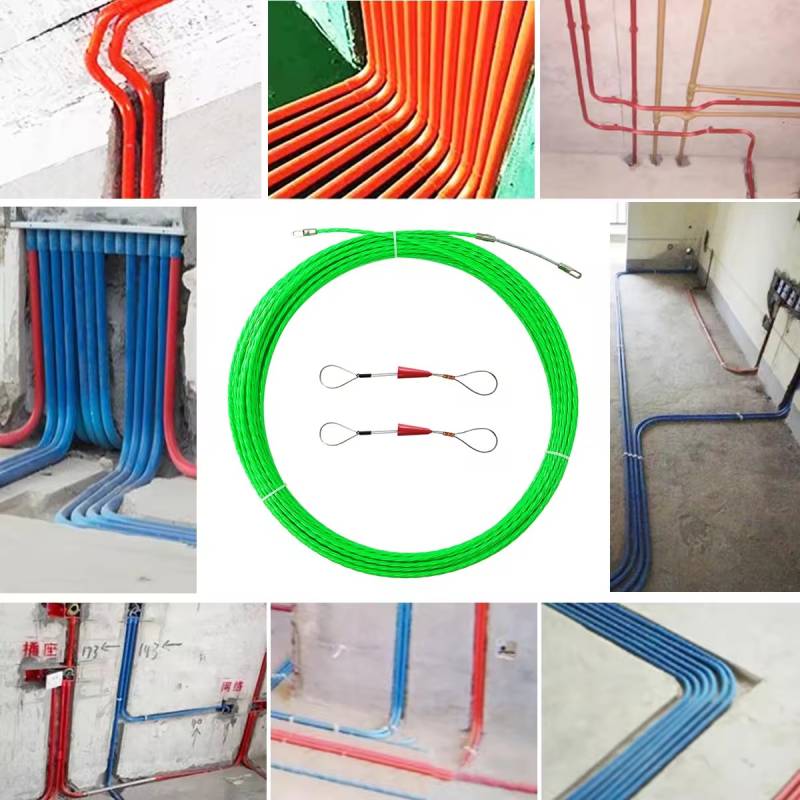
-
 Afrikaans
Afrikaans -
 Albanian
Albanian -
 Amharic
Amharic -
 Arabic
Arabic -
 Armenian
Armenian -
 Azerbaijani
Azerbaijani -
 Basque
Basque -
 Belarusian
Belarusian -
 Bengali
Bengali -
 Bosnian
Bosnian -
 Bulgarian
Bulgarian -
 Catalan
Catalan -
 Cebuano
Cebuano -
 Corsican
Corsican -
 Croatian
Croatian -
 Czech
Czech -
 Danish
Danish -
 Dutch
Dutch -
 English
English -
 Esperanto
Esperanto -
 Estonian
Estonian -
 Finnish
Finnish -
 French
French -
 Frisian
Frisian -
 Galician
Galician -
 Georgian
Georgian -
 German
German -
 Greek
Greek -
 Gujarati
Gujarati -
 Haitian Creole
Haitian Creole -
 hausa
hausa -
 hawaiian
hawaiian -
 Hebrew
Hebrew -
 Hindi
Hindi -
 Miao
Miao -
 Hungarian
Hungarian -
 Icelandic
Icelandic -
 igbo
igbo -
 Indonesian
Indonesian -
 irish
irish -
 Italian
Italian -
 Japanese
Japanese -
 Javanese
Javanese -
 Kannada
Kannada -
 kazakh
kazakh -
 Khmer
Khmer -
 Rwandese
Rwandese -
 Korean
Korean -
 Kurdish
Kurdish -
 Kyrgyz
Kyrgyz -
 Lao
Lao -
 Latin
Latin -
 Latvian
Latvian -
 Lithuanian
Lithuanian -
 Luxembourgish
Luxembourgish -
 Macedonian
Macedonian -
 Malgashi
Malgashi -
 Malay
Malay -
 Malayalam
Malayalam -
 Maltese
Maltese -
 Maori
Maori -
 Marathi
Marathi -
 Mongolian
Mongolian -
 Myanmar
Myanmar -
 Nepali
Nepali -
 Norwegian
Norwegian -
 Norwegian
Norwegian -
 Occitan
Occitan -
 Pashto
Pashto -
 Persian
Persian -
 Polish
Polish -
 Portuguese
Portuguese -
 Punjabi
Punjabi -
 Romanian
Romanian -
 Russian
Russian -
 Samoan
Samoan -
 Scottish Gaelic
Scottish Gaelic -
 Serbian
Serbian -
 Sesotho
Sesotho -
 Shona
Shona -
 Sindhi
Sindhi -
 Sinhala
Sinhala -
 Slovak
Slovak -
 Slovenian
Slovenian -
 Somali
Somali -
 Spanish
Spanish -
 Sundanese
Sundanese -
 Swahili
Swahili -
 Swedish
Swedish -
 Tagalog
Tagalog -
 Tajik
Tajik -
 Tamil
Tamil -
 Tatar
Tatar -
 Telugu
Telugu -
 Thai
Thai -
 Turkish
Turkish -
 Turkmen
Turkmen -
 Ukrainian
Ukrainian -
 Urdu
Urdu -
 Uighur
Uighur -
 Uzbek
Uzbek -
 Vietnamese
Vietnamese -
 Welsh
Welsh -
 Bantu
Bantu -
 Yiddish
Yiddish -
 Yoruba
Yoruba -
 Zulu
Zulu


سپتامبر . 13, 2024 02:55 Back to list
lever block price
Understanding Lever Block Prices Key Considerations and Trends
In the world of industrial equipment, lever blocks play a crucial role, facilitating lifting and hoisting tasks across various sectors. As essential tools for both construction and manufacturing, the prices of lever blocks can vary significantly based on several factors. Understanding these factors is essential for businesses looking to purchase or rent lifting equipment.
Market Dynamics
The pricing of lever blocks is influenced by demand and supply dynamics. In times of economic growth, construction and manufacturing activities increase, leading to higher demand for lifting equipment. As demand rises, prices may also go up, particularly for high-quality, durable lever blocks that can withstand rigorous use. Conversely, during economic downturns, demand may decrease, potentially leading to lower prices as manufacturers and distributors seek to clear inventory.
Quality and Specifications
The quality of a lever block directly impacts its price. Higher-priced lever blocks often come with advanced features, such as superior materials, enhanced load capacities, and added safety features. For example, lever blocks designed for heavy-duty applications might be made from high-quality steel and undergo rigorous testing to meet safety standards, justifying their higher price tags. On the other hand, budget models may be more affordable but could compromise on durability and safety, which are critical in industrial settings.
Brand Influence
lever block price

Brand reputation also plays a significant role in lever block pricing. Well-established brands with a strong track record of reliability and safety often command higher prices due to consumer trust. Companies may be willing to pay a premium for reputable brands to ensure they are investing in quality equipment that will perform well and last longer. In contrast, lesser-known brands may offer lower prices, making them attractive options for budget-conscious buyers, albeit with potential trade-offs in quality and support.
Customization and Additional Features
Another factor that can influence lever block prices is the level of customization and additional features offered. Some businesses may require specific modifications or customizations to meet unique operational needs. These custom lever blocks can be significantly more expensive than off-the-shelf models. Features such as adjustable lifting heights, extended warranty options, and integrated safety systems can also contribute to higher prices, reflecting the added value they provide.
Market Trends and Innovations
The safety and efficiency of lifting equipment continue to evolve, with manufacturers developing new technologies and design innovations. These advancements often lead to higher prices as manufacturers invest in research and development. Additionally, trends such as sustainability and eco-friendliness are becoming increasingly important to consumers, encouraging manufacturers to create greener products, which can further influence pricing.
Conclusion
When considering lever block prices, it is essential to take a holistic approach that factors in market dynamics, quality, brand influence, customization options, and industry trends. Businesses should conduct thorough research, comparing features and prices across different brands and models to identify the best options for their specific lifting needs. Ultimately, investing in a reliable and safe lever block is critical, as it not only enhances operational efficiency but also safeguards the well-being of workers involved in lifting and hoisting tasks.
Latest news
What Are Construction Tools and How Are They Used?
NewsJul.11,2025
Professional-Grade Duct Rodding Tools for Superior Cable Installation
NewsJul.11,2025
Enhancing Safety and Efficiency with Modern Hot Stick Solutions
NewsJul.11,2025
Empowering Cable Installation with Advanced Rodder Solutions
NewsJul.11,2025
Elevate Your Cable Installation Projects with Cable Pulling Tools
NewsJul.11,2025
Efficient Cable Handling Solutions: Cable Rollers for Sale
NewsJul.11,2025











